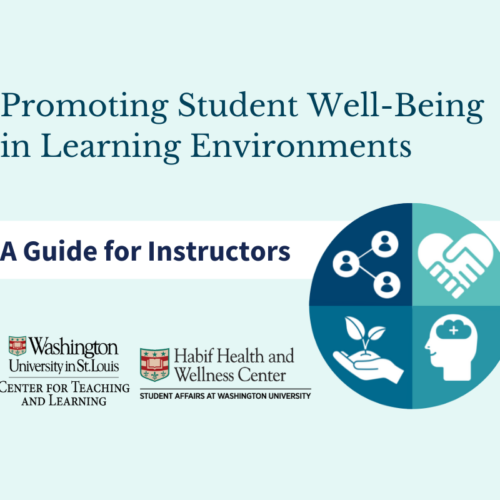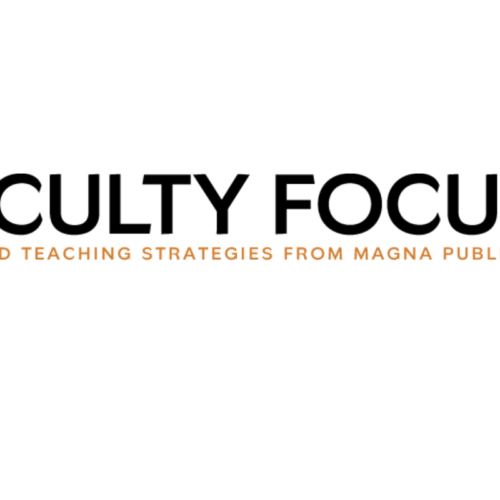How to Make the Most of Student Evals
There’s an ongoing debate in academia as to whether or not student evals effectively inform on teaching. However, no matter where you stand in the debate, there are steps you can take to analyze evals and get the most out of student feedback, writes Todd D. Zakrajsek, PhD, Associate Professor in the Department of Family Medicine and Associate Director of the Faculty Development Fellowship Program at The University of North Carolina at Chapel Hill, in a recent blog post on The Scholarly Teacher.
In the post, Zakrajsek outlines strategies for analyzing student evals. First, it’s helpful to break up the process into analyzing closed-ended responses and open-ended responses. For close-ended questions, look at the mean response and do not give weight to outliers. Instead, focus on common responses from students to guide course redesign. You can compare average responses across years for the same class, compare means with faculty teaching similar courses, or compare the numbers to those gathered by your department.
To analyze open-ended responses from student evals, instructors can go through the following process: First, read all student comments for one item on the eval before moving on to the next item. Reject any comments that are mean spirited and unhelpful. As you read responses, keep a record of themes by numbering them in a document on your computer or on an index card. When a new theme appears, add it to the list. Do not move to the next item in the eval until you’ve read all the responses for the first item.
If this process seems too daunting, it can help to switch evals with a colleague. You can go through one another’s responses and report back about themes. This way, instructors will only hear helpful comments, not mean or potentially career-damaging ones, writes Zakrajsek.
Finally, once you’re done reading, identify the a few of the most common themes for each item on the eval. Use these themes to make changes to your course.
“In the next course, take the time to point out changes you have made as a result of student comments from the previous semester. That will increase the future response rate from students in the current semester, as students see the feedback is valuable,” Zakrajsek writes.






